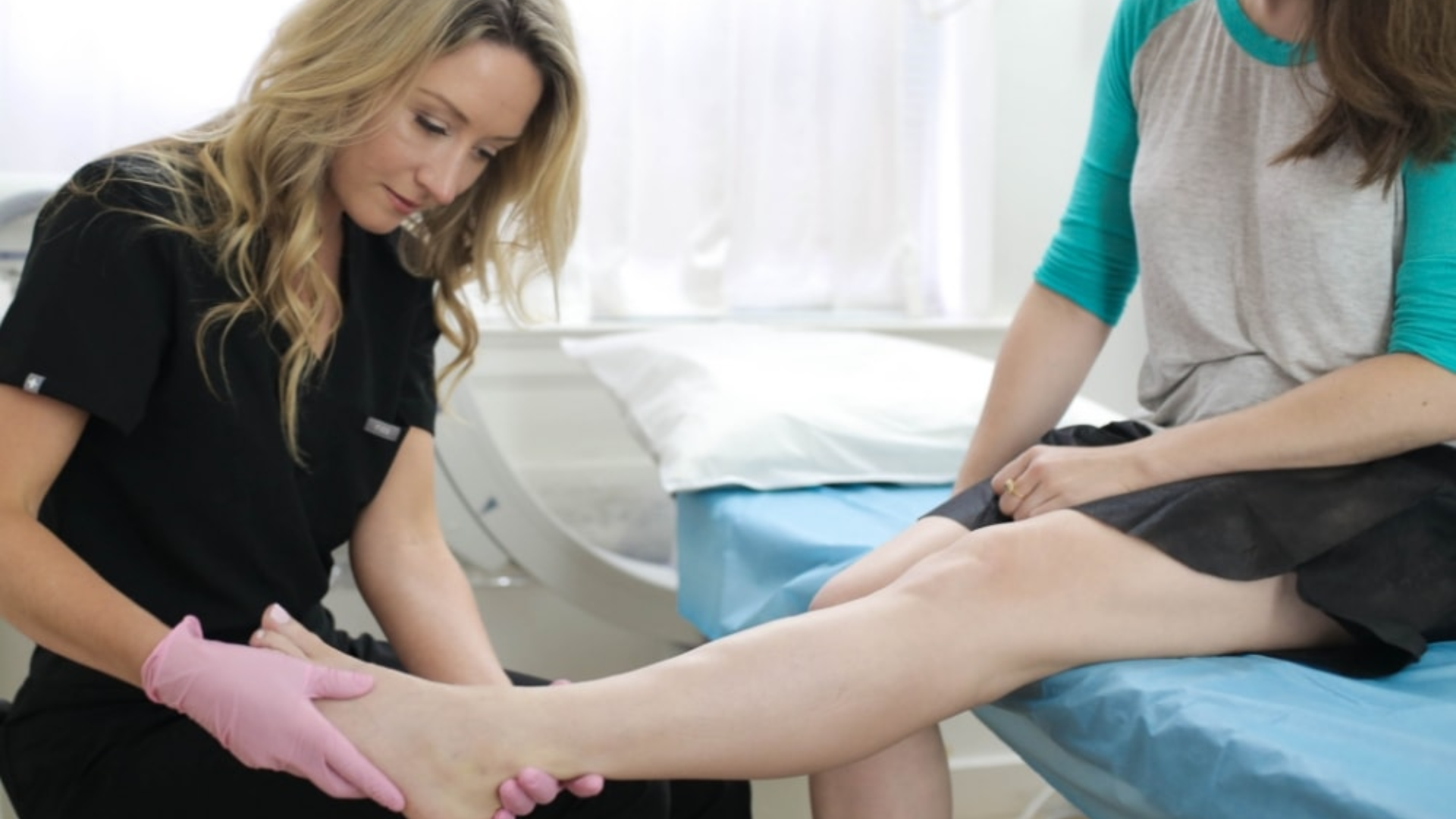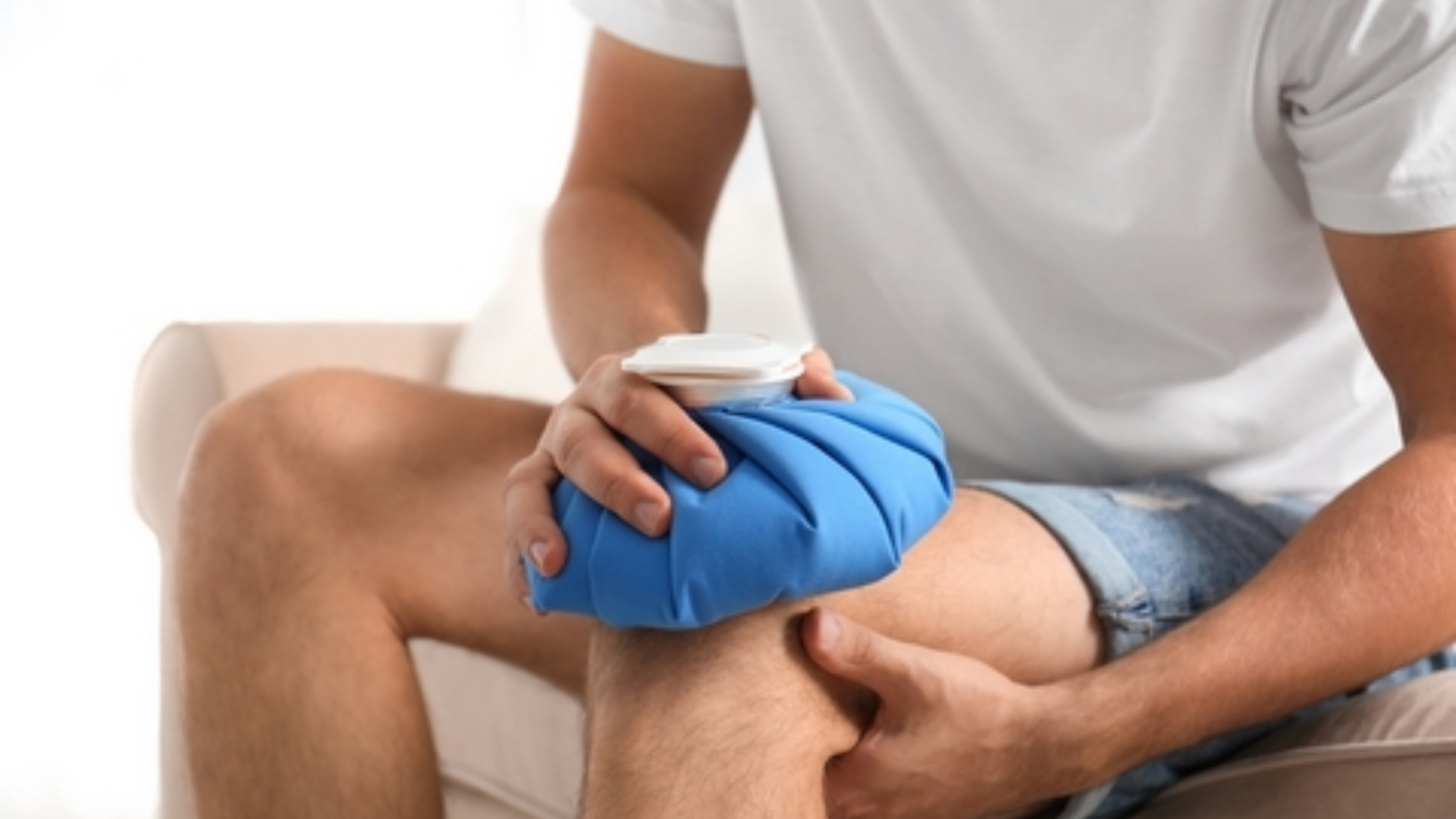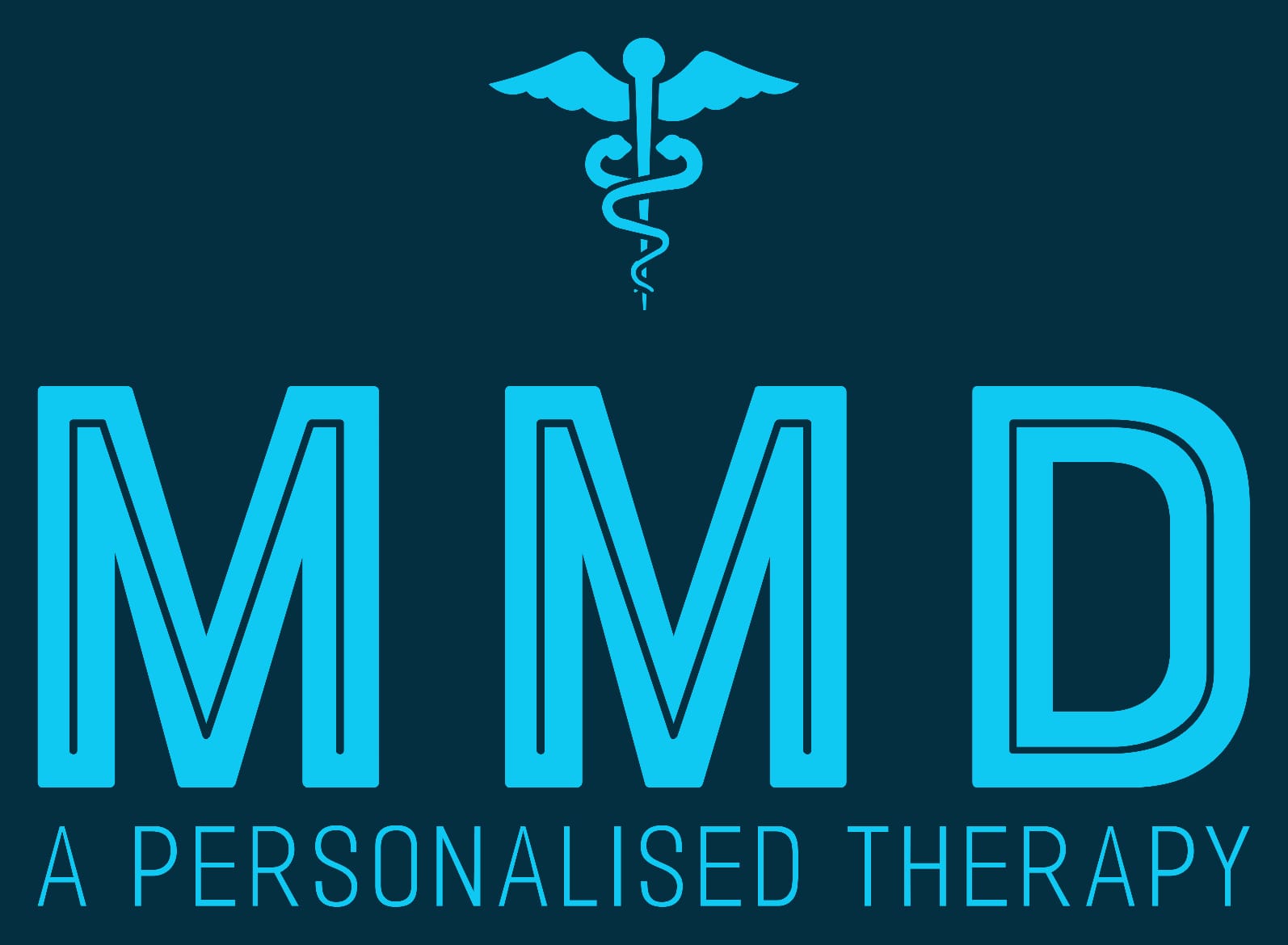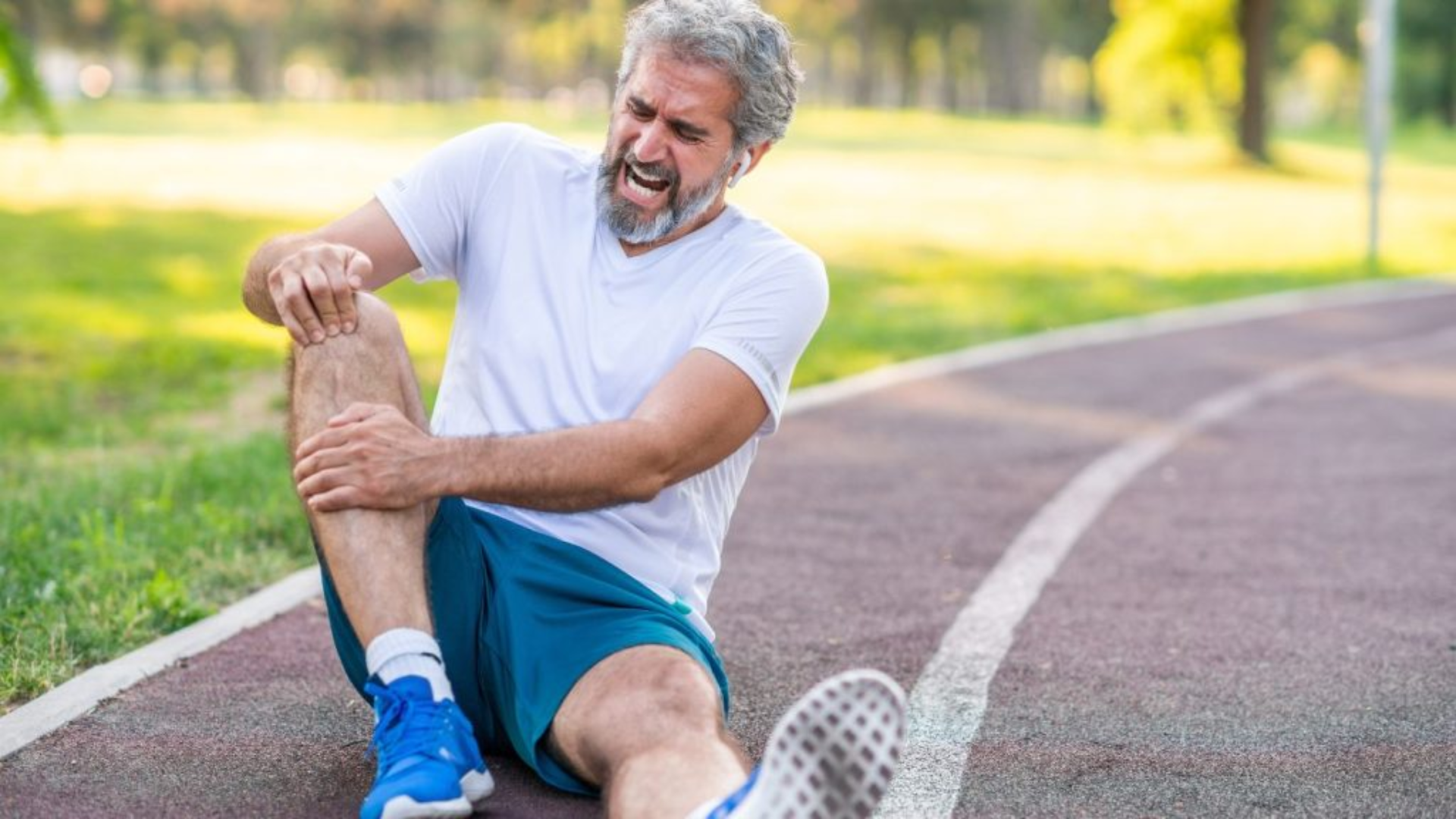Knee pain is very common. Many people suffer from it at some point. At its worst, knee pain can make life very hard. Even simple tasks like walking or bending become painful. Some people feel pain all the time. The good news is that treatment options are available. Pain management can reduce pain or even remove it. Pain management specialists, especially consultant anaesthetists, are trained to assess knee pain. They make safe treatment plans that fit each patient.
What Causes Knee Pain?
The knee is made of bones, cartilage, ligaments, tendons, and fluid. Muscles around it help it move. If any part is damaged, pain may start. Here are nine common causes of knee pain without a clear injury:
Osteoarthritis
Cartilage in the knee slowly wears away. Without it, bones rub together. This causes pain and stiffness.
Rheumatoid Arthritis
This is an autoimmune disease. The body attacks its own joints. The knee may swell, hurt, and lose cartilage.
Ligament Injuries
Ligaments connect bones. The ACL often tears after a sudden twist. The PCL may be injured after a strong blow, such as in sports or car accidents.
Tendon Injuries
Tendons join muscles to bones. They may be damaged by overuse, falls, or sudden moves. Swelling, pain, or tears are common.
Cartilage Problems
The kneecap has protective cartilage. Weak muscles, heavy activity, or a blow can damage it. Sometimes a piece breaks off, causing sharp pain.
Bursitis
Small sacs called bursae cushion the bones. If they swell or get infected, pain follows. Redness, swelling, and fever can also appear.
Tendinitis
Tendons can get inflamed. This causes dull, aching pain. It worsens with activity and may include swelling.
Baker’s Cyst
This is swelling behind the knee filled with fluid. It can make bending or straightening hard. Sometimes it disappears, but sometimes doctors must drain it.
Broken Kneecap
The kneecap (patella) can break after a fall or blow. This brings severe pain, swelling, and trouble moving the knee. Every knee is different. The only way to know your cause is by seeing a doctor.
Be ready to explain:
- Where the pain is.
- When it started.
- What it feels like.
- What makes it worse or better?
- If you notice swelling, bruising, or stiffness.
- If you hear or feel clicks or pops.
Why Should I See a Knee Pain Management Specialist?
Knee Pain management is very important. It reduces pain and helps with recovery. Pain specialists know many ways to ease pain. They also know how to mix treatments for better results. A knee pain management doctor will check your knee. They will find the cause and plan safe treatment. Not all care involves medicine. In fact, many times different methods are used together. Exercise, therapy, and small changes can help as much as medicine.
When Should I See a Knee Pain Management Specialist?
Short-term knee pain is normal. But if it lasts more than 90 days, it may be chronic. Sometimes chronic pain appears even sooner. If your knee pain lasts longer than expected, see a specialist. A knee pain doctor may work alone or with other experts:
- GPs: First point of contact.
- Orthopaedic doctors: Treat bones, joints, ligaments, and muscles.
- Rheumatologists: Treat arthritis and similar problems without surgery.
- Physiotherapists: Use stretches, exercises, and massage to reduce pain.

How Is the Cause of Knee Pain Diagnosed?
A proper check-up is needed. Sometimes pain comes from another area, such as the hip. This is called “referred pain.” Doctors use several steps to find the cause:
Patient Details
Some issues are more common in certain people. Osteoarthritis often affects older adults. Athletes get overuse injuries. Being overweight adds stress to the knees.
Medical History
The doctor will ask about past injuries, accidents, or when the pain started.
Physical Examination
The doctor will move and press your knee. They will check strength, flexibility, and where the pain is.
Scans and Tests
X-rays, MRIs, or blood tests may be needed. These show injuries, swelling, or changes in the knee.

What Treatments Can Provide Pain Relief?
Treatment depends on the cause. It also depends on your age and lifestyle. Many options are available.
RICE Method
Rest, Ice, Compression, and Elevation help short-term pain. But chronic pain may need more care. Rest alone can weaken muscles.
Exercise and Physiotherapy
Exercises strengthen muscles and reduce pain. Stretching helps with movement. Physiotherapists teach safe exercises and guide recovery.
Lifestyle Changes
Maintaining a healthy weight eases stress on the knees. Choose low-impact activities like swimming or cycling. Avoid running or jumping if the pain worsens.
Genicular Nerve Blocks
This blocks pain signals to the brain. First, an anaesthetic injection is given. If it works, longer relief can be done using heat (radiofrequency ablation).
Peripheral Nerve Stimulation
Small electrodes are placed near the nerves. A weak current reduces pain signals. The patient controls the device.
Complementary Therapies
Some people find relief with massage, yoga, meditation, or acupuncture. Relaxation and biofeedback may also help.
Medication
Paracetamol or ibuprofen may help with mild pain. Stronger medicines, like opioids or steroids, may be used for severe cases. But they must be taken carefully. Opioids can be addictive. Steroids can weaken cartilage.
Surgery
Surgery is a last resort. It repairs or replaces damaged parts. In serious cases, full knee replacement may be needed.
Regenerative Therapies
Doctors are testing stem cell treatments and plasma injections. These are still new, and more research is needed.
Guide to Knee Pain Without Injury
The knee is a complex joint. It includes bones, muscles, ligaments, tendons, and fluid. Because of this, pain can happen without a clear injury. If you are unsure about the cause, see a doctor. A correct diagnosis leads to the right treatment. We help people understand their bodies. Our goal is to give you knowledge and confidence. With the right care, you can return to activities you enjoy. If you have unexplained knee pain, Book A Consultation Today. You can also read our blog to learn more about knee pain and treatment.
References Link:
https://madeforthismoment.asahq.org/pain-management/types-of-pain/knee-pain/





